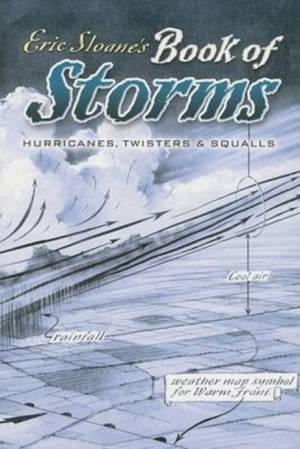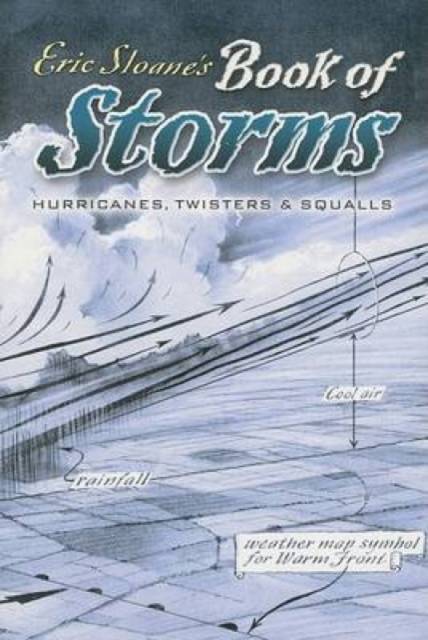
- Afhalen na 1 uur in een winkel met voorraad
- Gratis thuislevering in België vanaf € 30
- Ruim aanbod met 7 miljoen producten
- Afhalen na 1 uur in een winkel met voorraad
- Gratis thuislevering in België vanaf € 30
- Ruim aanbod met 7 miljoen producten
Zoeken
€ 13,95
+ 27 punten
Omschrijving
What triggers a tornado? What can you see in the eye of a hurricane? What's the difference between a thunderbolt and a thunderclap? Popular author and artist Eric Sloane proves why weather is something best understood by seeing it. His illustrated book shows weather "happening." In fact, there's not a sunny page in it--nothing but cyclonic storms, whirlwinds, waterspouts, lightning bolts, and other fascinating, weather-related topics. More than seventy pages of drawings and diagrams make the weather come alive in a book that examines everything from storm mechanisms and cold fronts to the birth of a thunderhead.
A valuable resource for learning more about everyone's favorite topic for conversation and speculation, Eric Sloane--the "Weather Wizard"--has the countryman's simple and natural comprehension to give substance to his scientific and artistic insights. What especially distinguishes this volume from his other books on the subject is the focus on a detailed treatment of the more spectacular and destructive elements of weather phenomena. His belief is that if this book "gets one to look upward more often, it will have accomplished a purpose."
A valuable resource for learning more about everyone's favorite topic for conversation and speculation, Eric Sloane--the "Weather Wizard"--has the countryman's simple and natural comprehension to give substance to his scientific and artistic insights. What especially distinguishes this volume from his other books on the subject is the focus on a detailed treatment of the more spectacular and destructive elements of weather phenomena. His belief is that if this book "gets one to look upward more often, it will have accomplished a purpose."
Specificaties
Betrokkenen
- Auteur(s):
- Uitgeverij:
Inhoud
- Aantal bladzijden:
- 128
- Taal:
- Engels
Eigenschappen
- Productcode (EAN):
- 9780486451008
- Verschijningsdatum:
- 4/08/2006
- Uitvoering:
- Paperback
- Formaat:
- Trade paperback (VS)
- Afmetingen:
- 153 mm x 229 mm
- Gewicht:
- 213 g

Alleen bij Standaard Boekhandel
+ 27 punten op je klantenkaart van Standaard Boekhandel
Beoordelingen
We publiceren alleen reviews die voldoen aan de voorwaarden voor reviews. Bekijk onze voorwaarden voor reviews.











